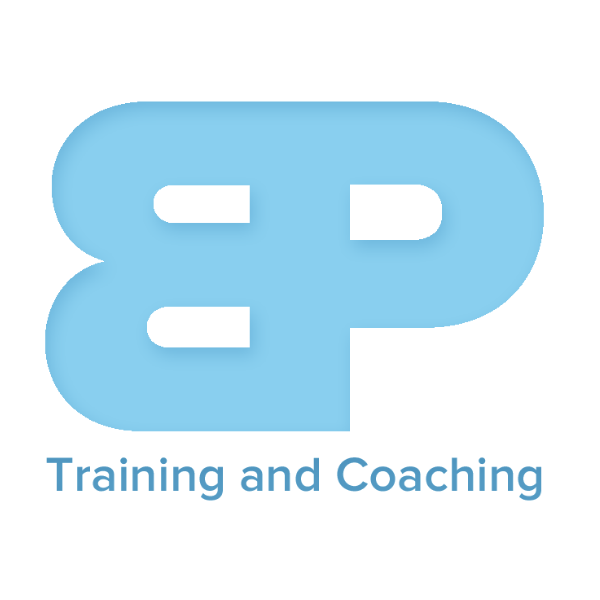Planks
The plank exercise is a type of bodyweight exercise that involves maintaining a static, isometric hold in a push-up position. The exercise is performed by holding the body in a straight line, resting on the forearms and toes, with the core muscles engaged to maintain proper form.
Planking is a great way to strengthen the core and the muscles in the arms, legs, back, and glutes. It can also improve posture and balance. Planks can be performed for a set amount of time or for a set number of repetitions, and can be modified to increase or decrease the difficulty level.
Maintaining proper form while performing planks is important to prevent injury and maximize the benefits of the exercise.
Main muscles used doing planks
Planks engage multiple muscle groups throughout the body, making it an effective full-body exercise. The main muscles used during a plank include:
- Rectus Abdominis: Also known as the “six-pack muscle,” this is the muscle that runs vertically along the front of the abdomen and is responsible for maintaining proper posture and stability.
- Transverse Abdominis: This deep abdominal muscle wraps around the torso and provides stability to the spine and pelvis.
- Obliques: The oblique muscles run along the sides of the abdomen and help to rotate the torso.
- Deltoids: The deltoids are the shoulders’ muscles responsible for raising the arms.
- Rhomboids: These muscles run from the upper back to the spine and stabilize the shoulder blades.
- Glutes: The glutes, or the muscles in the buttocks, are responsible for hip extension and maintaining proper alignment of the pelvis.
- Quadriceps: The quadriceps are the muscles in the front of the thigh and are responsible for straightening the knee.
- Hamstrings: The hamstrings are the muscles in the back of the thigh and are responsible for bending the knee.
It’s important to engage all of these muscle groups during a plank to maintain proper form and maximize the benefits of the exercise.
Instructions on how to do planks
Here is a step-by-step guide on how to perform a basic plank exercise:
- Start in a push-up position with your hands placed slightly wider than shoulder-width apart.
- Lower yourself down onto your forearms, making sure to keep your body in a straight line. Your elbows should be directly under your shoulders.
- Engage your core muscles, including your rectus abdominis, transverse abdominis, and obliques, to maintain proper form.
- Hold this position for the desired amount of time, making sure to breathe steadily throughout. Aim to maintain proper form, keeping your body in a straight line from your head to your heels.
- To finish, release the hold and return to the starting push-up position.
It’s important to maintain proper form during a plank to prevent injury and maximize the benefits of the exercise. If you are a beginner, you can start by holding the plank position for 10-15 seconds and gradually increase the hold time as you build strength. You can also modify the plank by performing it on your knees instead of your toes, or by placing your forearms on a stability ball instead of the floor.
Tips for doing planks
Here are some tips for performing planks effectively:
- Maintain proper form: Make sure to keep your body in a straight line from your head to your heels and engage your core muscles to maintain proper form.
- Breathe steadily: It’s important to breathe steadily throughout the plank to ensure that you are getting enough oxygen and to prevent fatigue.
- Focus on your form: Concentrate on maintaining proper form, even if it means holding the plank for a shorter period of time.
- Gradually increase difficulty: Start with a shorter hold time and gradually increase the difficulty as you build strength. You can also modify the plank by using a stability ball or by performing it on your forearms instead of your hands.
- Mix it up: To prevent boredom and continue challenging your muscles, try incorporating different variations of the plank into your workout routine.
- Stretch: Make sure to stretch your muscles before and after performing planks to prevent injury and increase flexibility.
- Warm up: Always warm up before performing planks to prepare your muscles for the exercise and prevent injury.
By following these tips, you can perform planks effectively and achieve the maximum benefits from this exercise.
Benefits of doing planks
Planks are a highly effective exercise that offer a range of benefits for the body. Some of the key benefits of performing planks include:
- Strengthen the core: Planks are an excellent way to strengthen the core muscles, including the rectus abdominis, transverse abdominis, and obliques.
- Improve posture: By strengthening the muscles in the back, shoulders, and chest, planks can help improve posture and reduce back pain.
- Build endurance: Planks require sustained effort and can build endurance in the muscles of the arms, legs, and core.
- Increase balance: Plants can improve balance and stability by engaging multiple muscle groups.
- Burn calories: Planks are a full-body exercise that can burn calories and help with weight loss.
- Prevent injury: By strengthening the muscles that support the spine and joints, planks can help prevent injury and improve overall athletic performance.
- Convenient: Planks are a bodyweight exercise that can be performed anywhere without the need for equipment, making it a convenient exercise for those on the go.
Incorporating planks into your workout routine can provide a range of benefits for the body and help improve overall fitness. However, it’s important to start slowly and gradually increase the difficulty as you build strength, and always to maintain proper form to prevent injury.
For other ab exercises like doing the plank, go to http://bptrainingcoaching.com/ab-exercises/.

